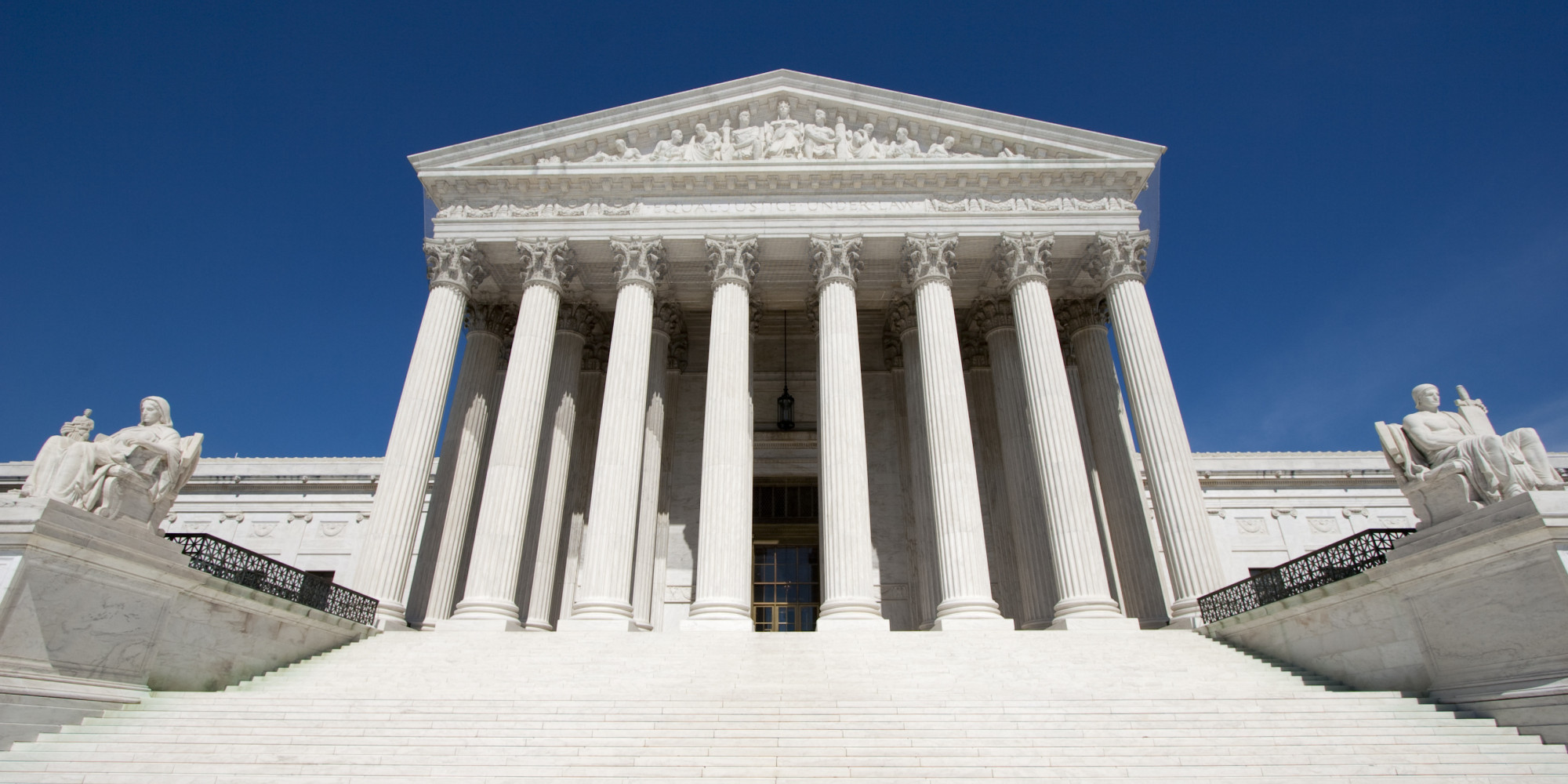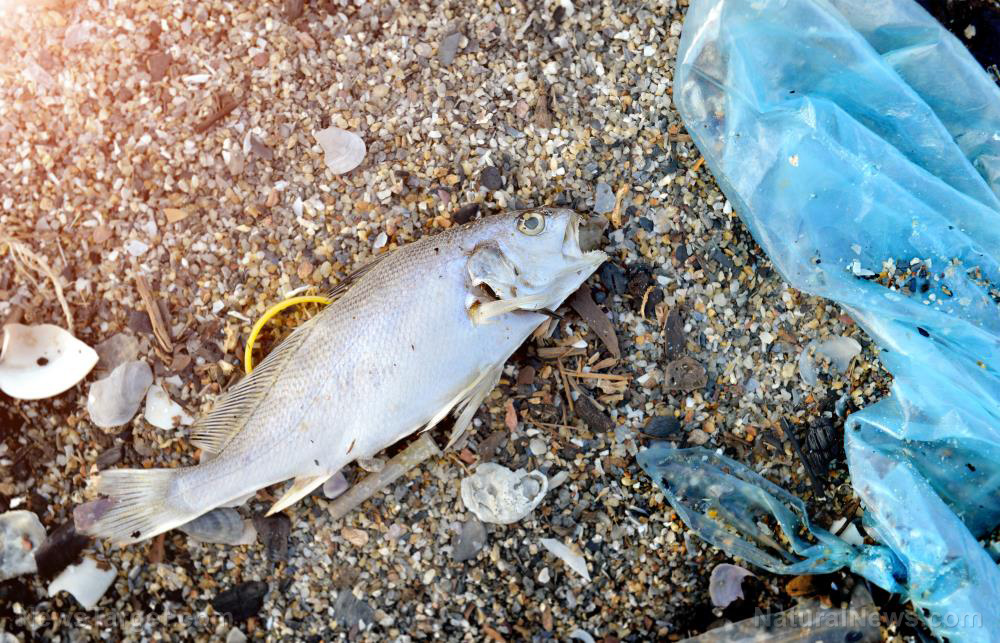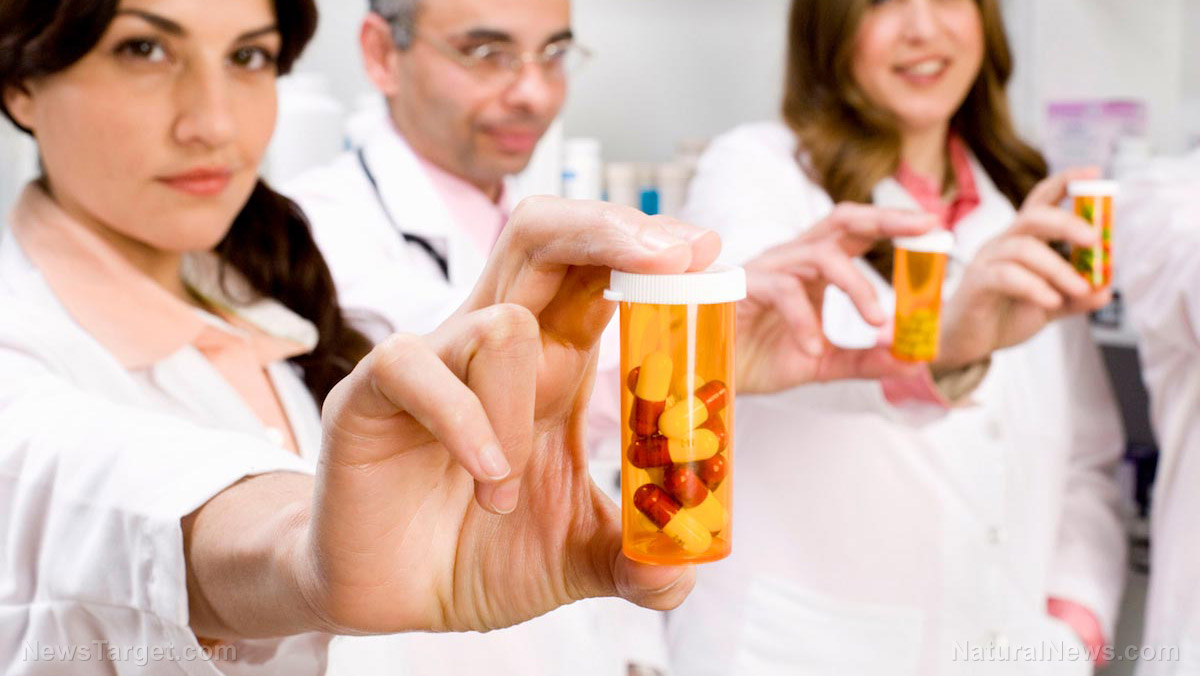
According to a study from the University of Exeter Medical School in England, about 38 percent of adults with Type 1 diabetes are being misdiagnosed and initially treated for Type 2 diabetes instead. In addition to this, a large number of these people continue to be treated for the wrong type of diabetes 13 years later.
The study is alarming considering that the U.K.'s National Institute for Health and Care Excellence currently does not recommend rigorous testing to differentiate between Type 1 and Type 2 diabetes. This is despite there being number of high profile cases of misdiagnosis, including that of former U.K. Prime Minister Theresa May, who was given tablets for Type 2 diabetes, despite being diagnosed with Type 1.
Differences between Type 1 and Type 2 diabetes
Type 1 and Type 2 diabetes are both linked to insulin, the hormone that allows the body to properly utilize the sugar it absorbs from food. The difference lies in whether the body is able to produce insulin and how it responds to the hormone.
People with Type 1 diabetes produce little or no insulin at all in their pancreas. As an autoimmune disease, Type 1 diabetes usually happens because the body's immune system attacks the cells that produce insulin in the pancreas. People with Type 2 diabetes meanwhile, produce insulin normally. Their bodies, however, do not respond to insulin as well as people without the disease, or even people with Type 1 diabetes.
For Type 1 diabetes, treatment usually involves having regular injections of insulin. People with Type 2 diabetes on the other hand usually don't need to take insulin shots, or at least not at first. More importantly, people with Type 2 diabetes can control their condition with diet and proper exercise alone, unlike Type 1 diabetes which is a lifelong condition.
“For people with type 1 diabetes, taking tablets and losing weight are not effective – they need insulin treatment. It is very difficult to diagnose type 1 diabetes in older adults, as most people of this age will have type 2, even if they are thin,” stated Dr. Angus Jones, who led the study. “Our research shows that if a person diagnosed as type 2 diabetes needs insulin treatment within three years of diabetes diagnosis, they have a high chance of missed type 1 diabetes. Therefore they need a blood test to confirm what type of diabetes they have, to ensure they receive the right monitoring, education and treatment.”
Risks of treating Type 1 diabetes as Type 2
A person with Type 1 diabetes needs insulin, and as such, treating them as if they had Type 2 diabetes brings the risk of them not getting any insulin. This raises their blood glucose levels which can lead to a life-threatening condition called ketoacidosis. When this happens, the body starts burning fat too quickly. The liver then starts turning this fat into a substance called ketones. Too many ketones in the blood cause it to become acidic.
In addition to ketoacidosis, consistently high blood sugar levels can lead to a number of other long-term complications. These include various heart, eye, kidney and nerve diseases -- and in extreme cases, can even lead to amputations.
Lower the risk of diabetes to avoid misdiagnosis
While getting the correct diagnosis is important, avoiding diabetes would be much more preferable. To help with this, a number of natural methods exist that can help lower one's risk of developing the disease.
A number of foods can help lower the risk of diabetes. Tart cherries and blueberries are two fruits that can help lower the risk of Type 2 diabetes, as well as heart disease. Consuming fatty fish such as salmon, mackerel, sardines and trout may help reduce the risk of diabetes as well. However, these come with a caveat: If they're caught in polluted waters, their healthy benefits may have already been stripped.
Whatever the food you eat, it's clear that a healthy diet change has a positive effect on both preventing and managing diabetes.
Sources include:
.
Please contact us for more information.























